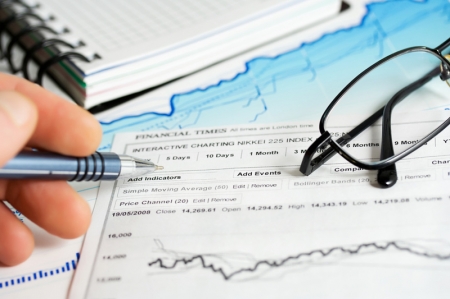This AI model says US recession chances are up to 68%
2024.07.08 06:42

The probability of a U.S. recession has surged to 68%, according to a machine learning model developed by Piper Sandler, citing sluggish economic indicators in the first half of 2024.
The report highlights that real GDP growth in the first quarter was just 1.4%, with consumer spending rising only 1.5%. Second-quarter estimates aren’t much better, with projections of around 1.5% for GDP growth and just over 1.0% for consumer spending. These figures underscore a broad economic slowdown, exacerbated by rising unemployment and stagnating consumer spending.
One significant indicator is the Sahm Rule recession signal, which is nearing its trigger point. As of June, the unemployment rate increased by 0.43 percentage points over a three-month average, approaching the 0.50 percentage point threshold that typically signals a recession.
“Our ML model now indicates that will happen in 4Q, with odds of a recession then rising to 68%, from 62%,” {{0|Piper Sandler}} noted.
The report points to several important indicators, including rising bankruptcy rates, which have reached a 13-year high, and a manufacturing sector that has seen the ISM index stay below 50% for 19 of the past 20 months According to {{0|Piper Sandler}} economists, this underperformance has “only happened with recessions, not soft landing.”
From a GDP perspective, economists highlighted retail sales, which, particularly in the real retail sector, have stalled. Notably, restaurant sales have rolled over, marked by a fast-food price war among major chains like McDonald’s (NYSE:), Wendy’s (NASDAQ:), and Burger King. Similarly, spending on hotels and airfares has cooled, with any reported strength in services coming from non-cyclical sectors such as healthcare and financial services.
Consumer spending headwinds are also evident. June’s labor data suggests employment is slowing, with sideways household job growth and persistent downward revisions to payroll figures.
“With job growth under pressure, nominal and real incomes are deteriorating. Look at what the classic personal income proxy does when you switch out payrolls for the household jobs tally. That’s certainly consistent with slowing consumption,” economists wrote.
Meanwhile, capital expenditures (capex) are another area of concern. Signs indicate that the tailwinds from fiscal stimulus and AI investments have peaked, while real core capital goods orders are in a declining trend, and nonresidential construction, including factories and data centers, is rolling over.
Moreover, economists pointed to the housing sector, where rising new house inventories suggest potential price declines. Federal support for GDP has also stalled, and state and local levels are slowing, with the lagged impacts of COVID-era stimulus fading.








